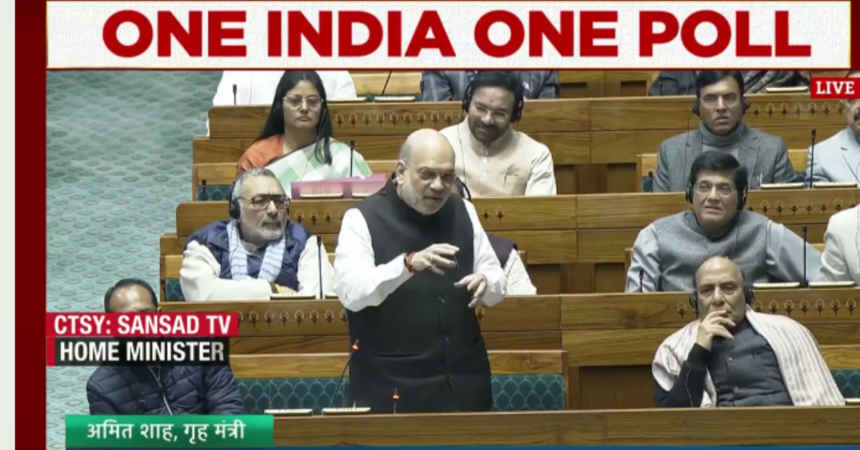The Finance Minister announced the budget allocations for various sectors with significant allocations for agriculture, defence and infrastructure. In her budget speech, Nirmala Sitharaman allocated Rs 1.52 lakh crore for agriculture and allied sectors, Rs 4.54 lakh crore for defence and Rs 26,000 crore for infrastructure.
After the budget allocations for various sectors, mutual fund advisors and experts recommend sectoral mutual funds based on three sectors namely infrastructure, banks and financial services and consumption. ETMutualFunds got in touch with some experts to find out how these three sectors are expected to perform going forward and what strategy should an investor follow in these sector-based funds.
How are these sectors – consumption, infrastructure and banking expected to perform going forward?
“Despite some negative implications for taxpayers, the government has balanced the budget with continuity of policy and capital expenditure, keeping the fiscal deficit low and focusing on skills and job creation for the lower middle-income group,” said Mayur Shah, PMS fund manager at Anand Rathi, an equity and stock broker.
Consumer sector
Manish Kothari, co-founder and CEO, ZFunds, believes that the latest budget is more balanced and represents a shift towards improving the purchasing power and disposable income of the middle and lower class. This strategic move will give a boost to the consumer sector.
“This strategic move is expected to boost demand for discretionary goods and services, which will enhance the performance of consumer discretionary funds. Some sectors in the consumer discretionary sector have underperformed the broader market in the last two years but are now looking attractive.” “Kothari said.
Infrastructure Department
“In the last few Union Budgets, the NDA government prioritised infrastructure and defence sector, leading to a significant increase in investment in the sector, thereby increasing the efficiency of funds in the sector,” Manish Kothari said.
“Total capital expenditure of Rs 11.1 trillion at 3.4% of GDP is in favour of infrastructure – road and railways, defence, construction, telecom, power and manufacturing sectors. Though valuations are stretched in some sectors, the sector still remains favourable for investment,” Mayur Shah said.
Banks and Financial Services
“For the banking sector, budget neutrality is highly supportive in low fiscal deficit interest rates. The government will release a vision and strategy document for the financial sector to prepare the sector in terms of scale, capacity and capability to meet the financial needs of the economy. This will set the agenda for the next five years,” Shah remarked.
“The banking and financial services sectors are also attractive due to stable interest rates, strong economy and robust balance sheets,” Kothari commented.
Banks and financial services sector mutual funds have given an average return of 23.38% in the last one year, while quant BFSI funds have given a return of 62.16%.
Consumption-oriented and infrastructure-oriented mutual funds have given an average return of 36.03% and 65.53%, respectively. Nippon India Consumer Fund gave a return of around 41.91%. Bandhan Infrastructure Fund gave the highest return of 84.03%.
Given the past performance of these schemes, do you expect to invest in these funds? What strategy should you follow?
“Though we like the above sectors, we do not recommend proportionate allocation to these sectors. Investors can consider a 10-15% allocation. Investors who have already invested in the infra sector should keep the above range in mind,” suggested Kothari.
“Investors should allocate 50% – 60% of their equity portfolio between infrastructure, consumer discretionary and housing to participate in the Indian growth story,” suggested Shah.










